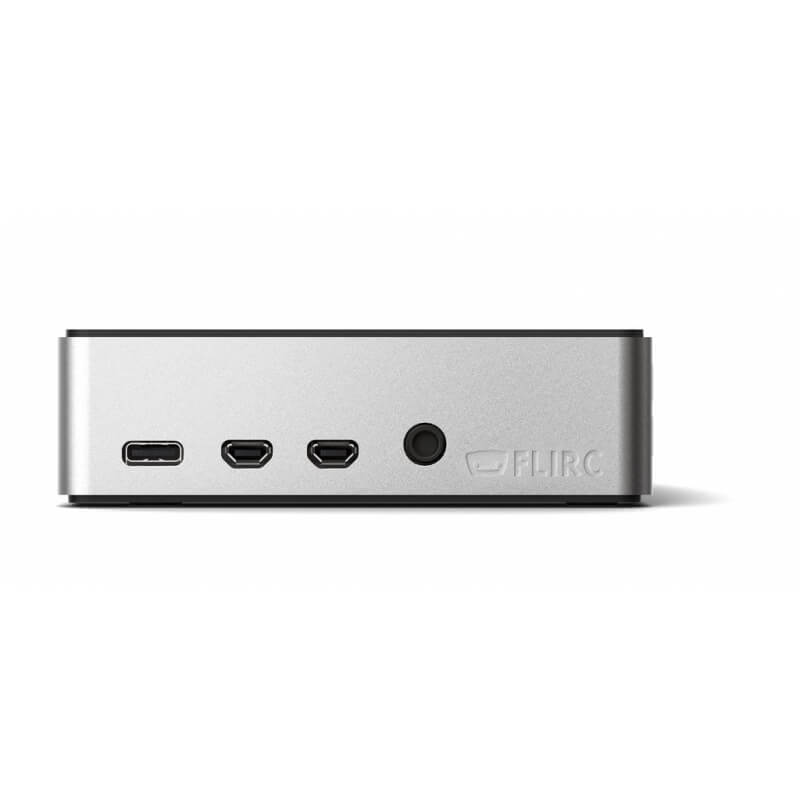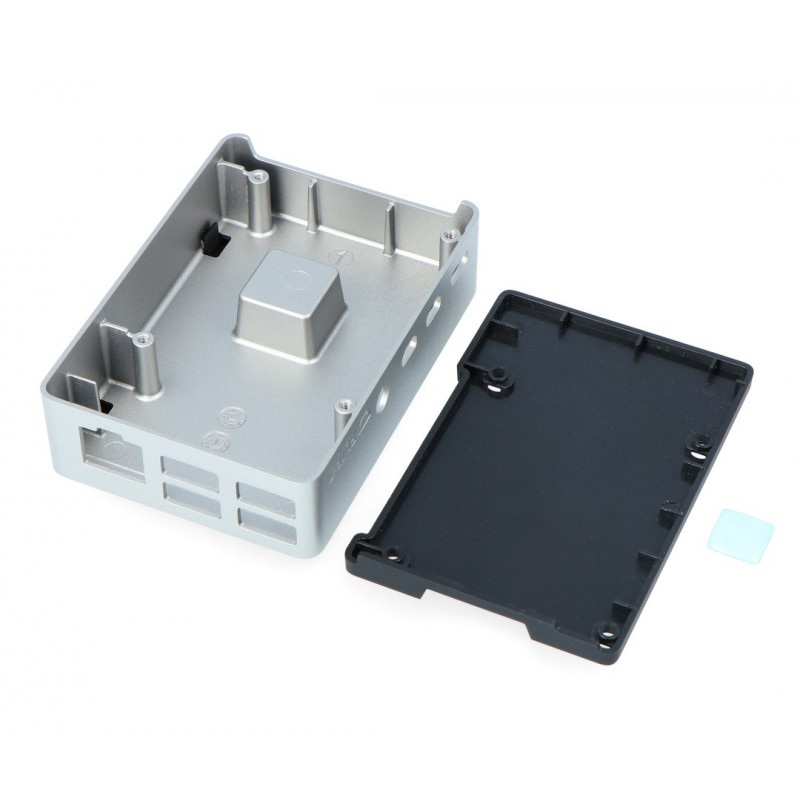


#Flirc case raspberry pi 4 trial
This is a free-time project, so I used the easiest tool on hand.) The first tab (“Tests”) is the raw output from each trial the second tab (“Analysis”) is the data extracted from the raw output the following tabs are charts and the last tab (“Info”) is just some version info about the Raspberry Pi used for the testing. Introducing the FLIRC Raspberry Pi 4 Case The perfect home for your new Raspberry Pi 4. (Yes, I’m aware that Excel certainly isn’t the best way to keep and analyze data. The raw data is available in this Excel spreadsheet. Our case is made of a beautiful aluminum core heat sink that is sandwiched between two black, soft touch shells that feel amazing in your hands. We will ensure our case is adjusted to fit the latest Raspberry Pi specifications. Then I saw this innovative case and thought, I give it a try.
Noctua 5V fan: 50 dB up close 42 dB one foot away What is the Flirc Raspberry Pi Case The perfect home for your new Raspberry Pi 4. In video 275, I complained about the heat of the new Raspberry Pi 4. Generic 5V fan: 60 dB up close 48 dB one foot away. The sound level of each fan were measured as follows: It’s made of beautiful aluminum core that is sandwiched between two black, soft touch shells that feel amazing in your hands. The fans in the active-cooling cases run 100% of the time – even while the RPi is shut down – because they are connected to the 5V supply, which passes current at all times. The Flirc Raspberry Pi 4 case was designed to not only be functional for your Raspberry Pi, but to be drop dead gorgeous. The rubber probably insulates the top where the temperature is the highest, and the case primarily radiates heat through the sides.) The case also remained warm longer than the other fanless cases. (The heatsink block that is integrated with the the Flirc connects to the top of the case. The sides of the case were significantly warmer than the top of the case, which has a rubber-like coating. The Flirc case exhibited a case temperature of 45.4☌ at max CPU temperature under load. The official Raspberry Pi case exhibited a case temperature of 40.1☌ while the CPU was operating at 66☌, and 47.4☌ while the case was operating at 87☌. The enclosed (fanless) case exhibited a case temperature of 43.2☌ while the CPU was operating around 80☌. 
All of the active-cooling cases remained near room temperature at all times, including peak load. Measurement of case temperatures yielded the following results:. In both cases, additional idle time did not yield further cooling – the cases remained at an elevated temperature. Additional testing was performed for another 30-60 minutes to determine whether the cases would continue to cool. The official Raspberry Pi case and the Flirc case exhibited an elevated temperature at the end of testing (after 25 minutes of idle operation following the stress test).







 0 kommentar(er)
0 kommentar(er)
